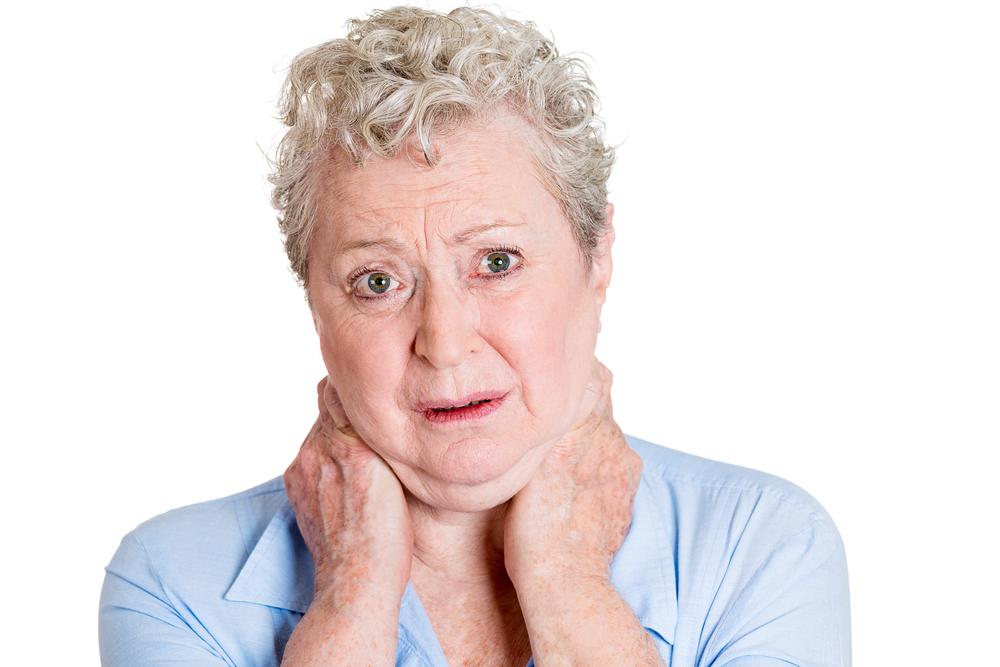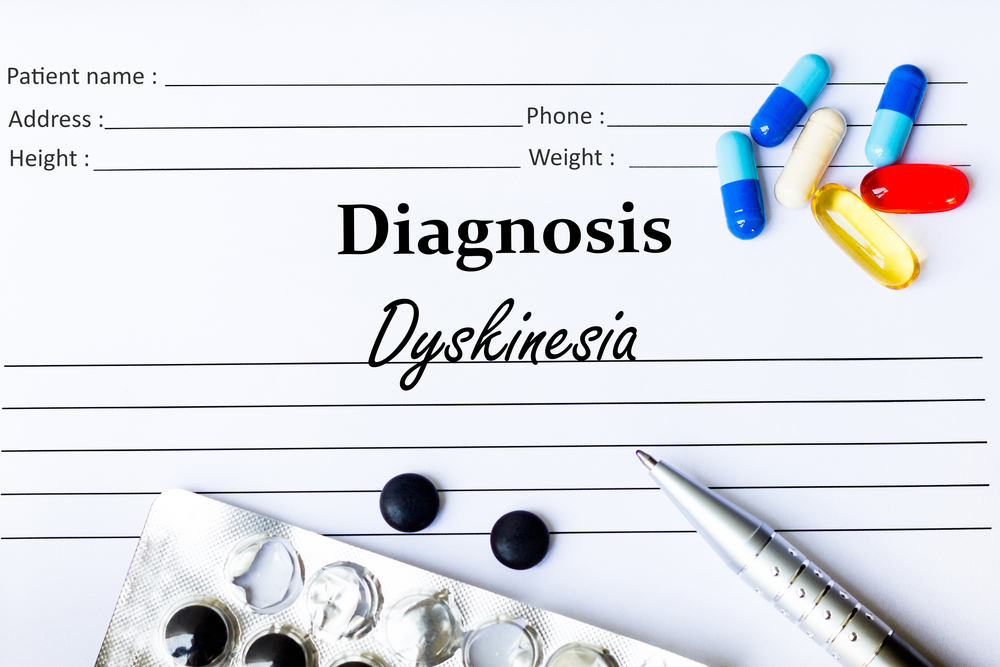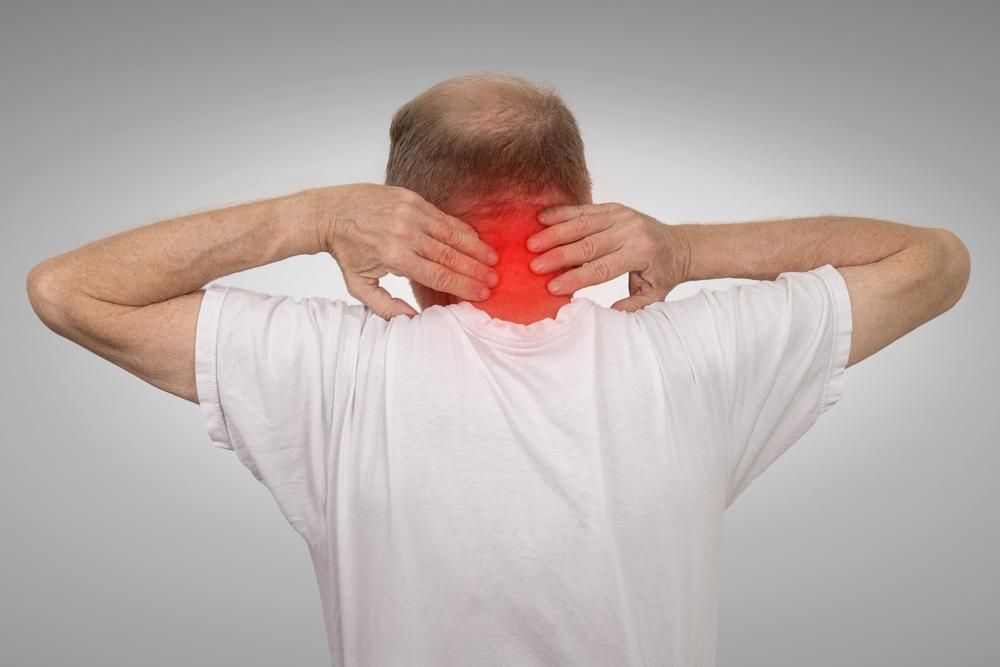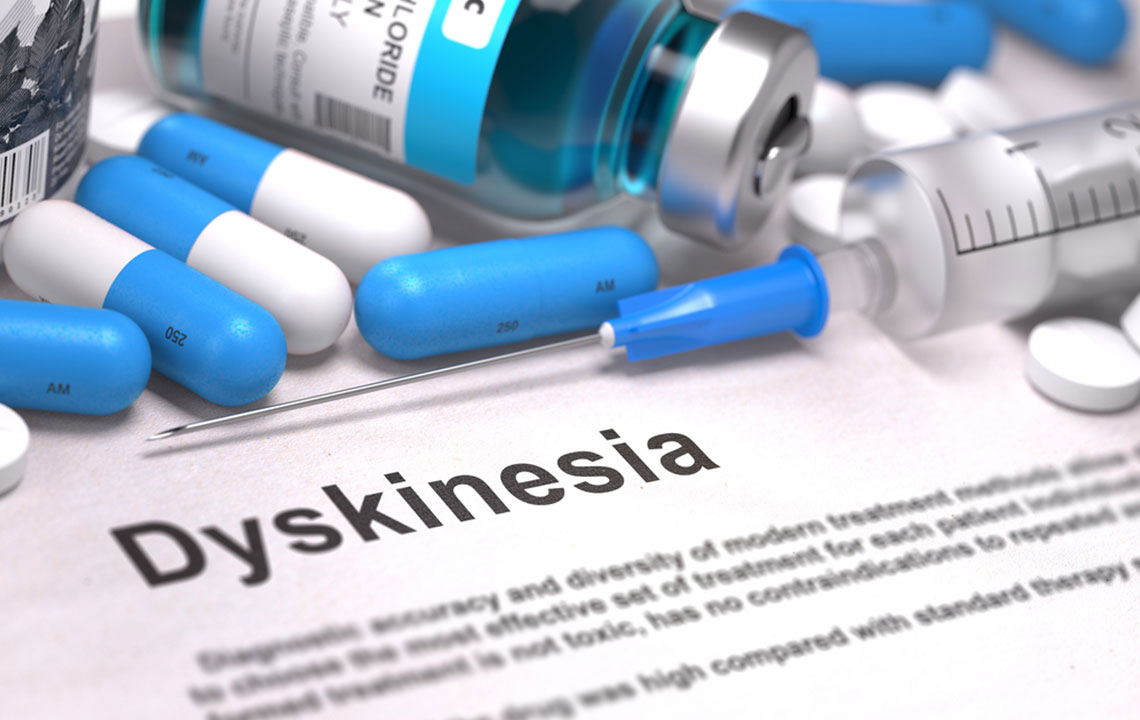Understanding the Different Types of Dyskinesia
Explore the various types of dyskinesia, including tremors, dystonia, chorea, and more. Understanding these involuntary movement disorders can aid in early diagnosis and management. Seek professional advice if you notice abnormal movements affecting daily life, as proper treatment is vital for maintaining independence and well-being.
Understanding Various Forms of Dyskinesia
Classification of dyskinesia
Dyskinesia encompasses a range of involuntary movement disorders caused by different factors, not solely linked to Parkinson's disease or levodopa therapy. These conditions involve uncontrollable muscle activities and can impact daily life.
Tremors
Tremors involve rhythmic shaking in one or both limbs, occurring during rest or movement. They are common in multiple sclerosis, heart diseases, and among individuals with long-term drug or alcohol use.
Dystonia
Characterized by persistent muscle contractions causing twisting and repetitive movements, often affecting the neck, eyelids, or facial muscles, leading to involuntary blinking and difficulties speaking.

Additional forms include:
Tardive Dyskinesia
Manifesting as repetitive jerking motions in the face, tongue, limbs, and neck, often associated with long-term antipsychotic medication use or conditions like schizophrenia and diabetes.
Chorea
Involuntary, brief, jerky movements that flow from one body part to another, common in Parkinson’s treatments, meningitis, Lyme disease, and cerebral palsy.
Myoclonus
Severe muscle spasms and jerks, often neurological in origin, occurring during rest or sustained postures.
Spasmodic torticollis
Neck muscles involuntarily contract, causing the head to twist, especially worsened when standing or walking, typically linked to neurological issues.
Ballism
Violent, flinging movements in arms and legs, which can lead to injuries, often caused by stroke, brain injury, or asphyxia.
Athetosis
Slow, writhing movements predominantly affecting hands and feet, more pronounced during rest and worsening with movement attempts.
Tics and stereotypies
Repetitive, controllable muscle twitches associated with Tourette’s syndrome or medication side effects. Symptoms vary from mild to severe and can be localized.
If involuntary movements are observed, consulting a healthcare professional is essential as mismanagement can hinder independence and daily functioning. Proper diagnosis and treatment are critical for managing dyskinesia effectively.










